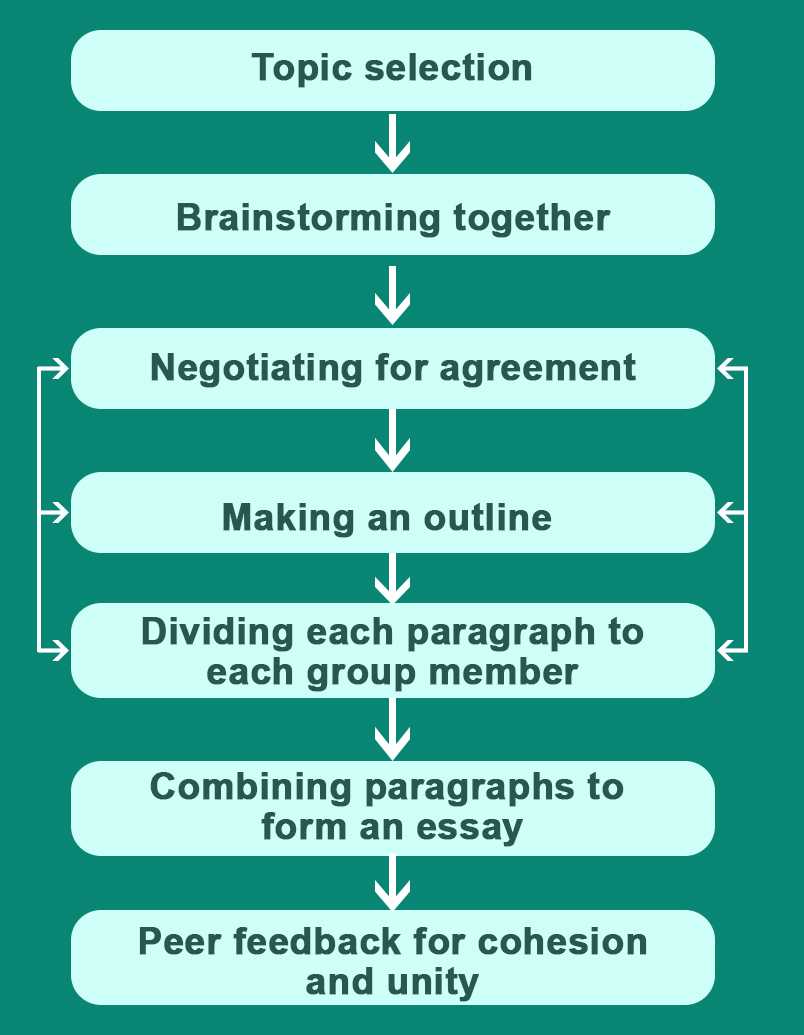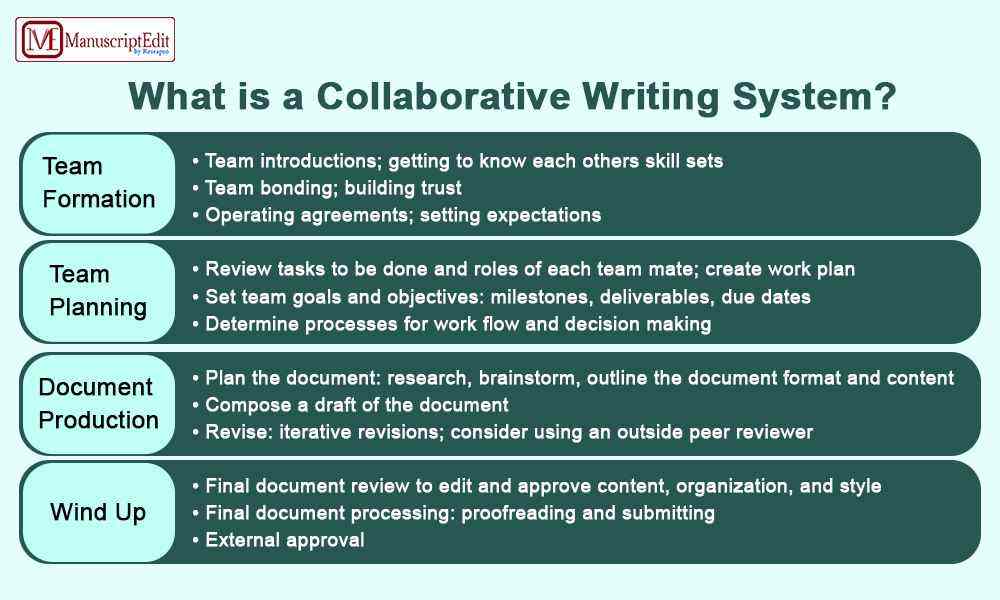Basic Statistical Tools in Research and Data Analysis A crucial component of contemporary research is collaborative scientific writing, which enables specialists to pool their knowledge and experience to generate articles of the highest caliber. Working with several authors can, however, also bring special difficulties.
A crucial component of contemporary research is collaborative scientific writing, which enables specialists to pool their knowledge and experience to generate articles of the highest caliber. Working with several authors can, however, also bring special difficulties.

We will discuss productive methods for group scientific writing in this blog, including how to handle disagreements and conflicts and establish clear expectations and goals. Whether you’re a seasoned researcher or a novice, these strategies and tactics can make it easier for you to manage the collaborative writing process and generate excellent scientific publications.
What is Online Collaborative Writing?
Online collaborative writing involves several people collaborating together on a written project using digital platforms, tools, and technologies, like project management software, cloud-based documents, and real-time communication tools. This is typically done in a virtual environment and involves creating, editing, and publishing written content.
What is a Collaborative Writing System?
A collaborative writing system is a method or technique where several people collaborate to produce a written piece. Conceptualizing, outlining, drafting, evaluating, revising, and editing are examples of this process.
Systems for collaborative writing can be applied in various contexts, including business, creative writing, and scholarly research. Establishing basic principles, communicating clearly, and being willing to make concessions are all necessary for effective collaboration.
What are the Best Collaborative Writing Tools?
One of the most widely used applications for collaborative writing online is Google Docs. It enables numerous people to collaborate on a document simultaneously, allowing for real-time revisions and updates. With features like version history, comments, and suggestion capabilities, Google Docs is a flexible tool for group writing assignments.
What are Some Examples of Collaborative Writing?
Examples of collaborative paper include:
- Academic research papers co-authored by multiple researchers
- Business reports written by a team of colleagues
- Grant proposals written by a team of experts
- Technical documentation created by a group of specialists.
 Strategies for Collaborative Scientific Writing
Strategies for Collaborative Scientific WritingHere is the list of strategies that you should follow:
- Set Clear Goals and Expectations
Establish a shared understanding of the project’s objectives and define individual roles and responsibilities to avoid confusion and ensure everyone is working towards the same outcome.
- Effective Communication
Hold regular virtual or in-person meetings, practice open and transparent communication, and engage in active listening and constructive feedback to ensure everyone is on the same page and can address issues promptly.
- Creating a Successful Writing Team
Recognise each writer’s talents and shortcomings, distribute assignments according to skill levels, and offer encouragement and helpful criticism to promote a cooperative atmosphere where authors can flourish and produce work of the highest calibre.
- Managing Conflicts and Disagreements
Address conflicts early, seek common ground and compromise, and consider outside help when needed to resolve disputes in a constructive manner, ensuring that conflicts don’t derail the project or damage team relationships.
Conclusion
By implementing these techniques, collaborative scientific writing can be a successful and straightforward procedure that results in significant research and field breakthroughs.

